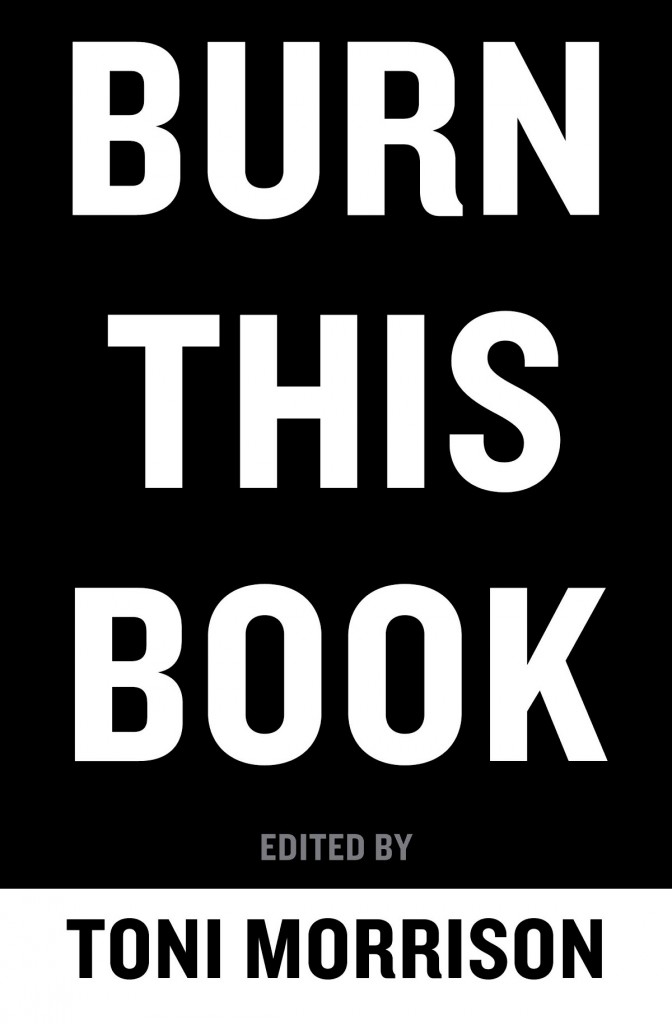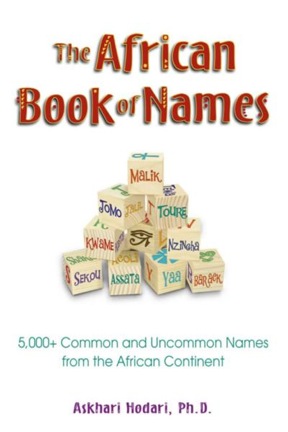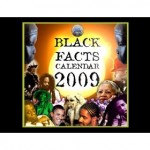
All this week, I have been discussing the Frankenstein manuscript, the text whose author either kept changing his mind about the style he wished to embrace — or tone, or target audience, or book category — or just kept revising it so often that the narrative reads like a patchwork of different prose styles. Today, I would like to talk about the Frankenstein manuscript’s prettier and more socially-acceptable cousin, self-plagiarized repetition.
Where the Frankenstein manuscript varies substantially as pages pass, the self-plagiarized text merely becomes redundant: scenery described the same way, for instance, or a clever line of dialogue repeated in Chapters 2, 5, and 16.
Nonfiction writing in general, and academic writing in particular, is notoriously prone to redundancy. Once you’ve gotten into the habit of footnoting everything in the least questionable, it’s pretty easy to reuse a footnote, for instance, or to come to rely upon stock definitions instead of writing fresh ones every time.
Or, in a memoir, to tell the same anecdote more than once.
My point is, most of the time, self-plagiarization is inadvertent; a writer simply finds a certain turn of phrase appealing and forgets that she’s used it before. A great way to catch this sort of redundancy is — wait for it — to read your manuscript IN HARD COPY, IN ITS ENTIRETY, and OUT LOUD.
Oh, had I suggested that before?
Sometimes, though, self-plagiarization is deliberate. If a line was clever once, the writer thinks, the reader will find it so the second time — and the fifth, and the forty-seventh. Deliberate redundancy is particularly common with humor: since situation comedies tend to rely upon repetition of catch phrases, many aspiring writers believe — mistakenly, often — that the mere fact of repetition will render a line funny.
On the page, it seldom works. (Sorry to be the one to break it to you sitcom lovers.)
Nowhere is the practice of self-plagiarization more prevalent than in the garden-variety political speech. And if you doubt that, tell me: do you think people would remember that the Rev. Dr. Martin Luther King, Jr. had a dream if he had said it only ONCE in his famous March on Washington speech?
There’s a good narrative reason for that, of course: the repetition of an idea makes it memorable. The ideas — and usually even the actual phrases — of the beginning of a political speech invariably recur throughout, to drive the point home.
And, as anyone who has listened to two consecutive State of the Union addresses can tell you, political speeches often sound the same from year to year. No matter how fiercely THE WEST WING tried to promote the notion of presidential speechwriters as ultra-creative writers, if you look at speeches given by the same politician over time, self-plagiarization is of epidemic proportions.
On paper, phrase repetition is problematic, but in and of itself, it is not necessarily self-plagiarization. On paper, phrase repetition can be used for emphasis (as I have just done here). A lot of good writers choose to repeat phrases within a single paragraph for rhythmic reasons, which can bring a passage a feel of invocation. Take the ending of the St. Crispin’s Day speech from HENRY V, for instance:
If we are mark’d to die, we are enow
To do our country loss; and if to live,
The fewer men, the greater share of honour.
God’s will! I pray thee, wish not one man more.
By Jove, I am not covetous for gold,
Nor care I who doth feed upon my cost;
It yearns me not if men my garments wear;
Such outward things dwell not in my desires.
But if it be a sin to covet honour,
I am the most offending soul alive.
No, faith, my coz, wish not a man from England.
God’s peace! I would not lose so great an honour
As one man more methinks would share from me
For the best hope I have. O, do not wish one more!
Rather proclaim it, Westmoreland, through my host,
That he which hath no stomach to this fight,
Let him depart; his passport shall be made,
And crowns for convoy put into his purse;
We would not die in that man’s company
That fears his fellowship to die with us.
This day is call’d the feast of Crispian.
He that outlives this day, and comes safe home,
Will stand a tip-toe when this day is nam’d,
And rouse him at the name of Crispian.
He that shall live this day, and see old age,
Will yearly on the vigil feast his neighbours,
And say ‘To-morrow is Saint Crispian.’
Then will he strip his sleeve and show his scars,
And say ‘These wounds I had on Crispian’s day.’
Old men forget; yet all shall be forgot,
But he’ll remember, with advantages,
What feats he did that day. Then shall our names,
Familiar in his mouth as household words-
Harry the King, Bedford and Exeter,
Warwick and Talbot, Salisbury and Gloucester-
Be in their flowing cups freshly rememb’red.
This story shall the good man teach his son;
And Crispin Crispian shall ne’er go by,
From this day to the ending of the world,
But we in it shall be remembered-
We few, we happy few, we band of brothers;
For he to-day that sheds his blood with me
Shall be my brother; be he ne’er so vile,
This day shall gentle his condition;
And gentlemen in England now-a-bed
Shall think themselves accurs’d they were not here,
And hold their manhoods cheap whiles any speaks
That fought with us upon Saint Crispin’s day.
Now THAT’s a political speech.
Unfortunately, a lot of poor writers favor this device, too, so it tends to be a rather risky trick to try to pull off in a short piece, such as a synopsis, or even in the first few pages of a manuscript submitted for a contest or as part of a query packet. To professional eyes, trained to search for the repetition of a single verb within a paragraph as evidence of boring writing, “we few, we happy few” will not necessarily jump off the page for its rhythm. In an ultra-quick reading (as virtually all professional readings are), it may be mistaken for an incomplete edit: you meant to change “we few” to “we happy few,” but you forgot to delete the words you did not want.
Let’s see if you’ve been paying attention for the last few days: why would a savvy submitter not want to convey the impression of an incomplete editing job?
That’s right: because that’s the birthmark of the dreaded Frankenstein manuscript, the fish that Millicent the agency screener is only too happy to throw back into the sea.
Self-plagiarization tends to raise red flags with professional readers for other reasons, however. The writer may not realize that she has reused a particularly spectacular image from Ch. 1 in Ch. 3, but believe me, if there is repetition, professional readers will catch it. Remember, the pros are trained to catch redundancy; editors are notorious for remembering entire pages verbatim.
I am no exception: when I was teaching at the University of Washington, I was known for noticing when term papers resubmitted in subsequent quarters, even though I read literally hundreds of papers per term. I would even remember who wrote the original.
As you may well imagine, I quickly acquired a reputation amongst the fraternities and sororities who kept files of A term papers for their members to, ahem, borrow.
Which reminds me to tell you that paraphrasing what you’ve said earlier in the manuscript tends to be significantly less frowned-upon than outright literal repetition. That’s why, in case you were wondering, while very similar passages may earn you an ill-humored rebuke from a professional reader, generalized repetition usually will not knock you out of consideration if the self-plagiarized bits occur far apart, such as at the beginning and end of a book.
However, in a shorter piece, or in those first 50 pages of your novel that nice agent asked you to send for consideration, it certainly can cost you. Repetition sticks in the professional reader’s craw, nagging at her psyche like a pebble in a shoe, so it is best to do it as little as possible.
“Now wait a minute,” I hear some of you out there grumbling. “Oscar Wilde repeated the same quips in one play after another. It became his trademark, in fact. So why should I be punished for using a single particularly sterling line 150 pages apart in my novel?”
You have a point, of course, oh grumblers. You might also have bolstered your argument by mentioning that Aaron Sorkin reused not only lines and speeches from SPORTS NIGHTin THE WEST WING, but entire plot lines and basic characters.
Tell you what — after you make it big, I give you permission to establish a trademark phrase and use it as often as you like. Until you do — as I sincerely hope you will — all I can do is tell you what tends to annoy agents, editors, and contest judges.
All writers of book-length works have repeated themselves at one time or another; if a simile struck us as the height of cleverness last week, chances are good that we will like it next week as well. Each time we use it, it may seem fresh to us.
These little forays into self-indulgence are so common, in fact, that literary critics have a name for them: tropes.
F. Scott Fitzgerald was a notorious troper in his short stories. A thwarted heroine’s sobbing out (usually with her face hidden by her hair), “I’m so beautiful – why can’t I be happy?” immediately before she does something self-immolatingly stupid to remove herself from the possibility of marrying the story’s protagonist occurs at least four times throughout his collected works.
Why our Scott found that particular line so very attractive in a pretty woman’s mouth remains a mystery eternal — it’s hard to believe he ever actually heard a sane female utter it, even in jest. But he did, and now it’s stuck to his name for all eternity.
Learn from his unhappy fate, I beg of you.
Usually, though, self-plagiarization is less obvious to the untrained eye than ol’ Scott’s outright line reuse. Spread out over an entire text — or as it often appears in the case of successful writers of series, once per book — self-plagiarization may be fairly innocuous, the kind of thing that might only bug someone who read manuscripts for a living.
For example, E.F. Benson, author of two delightful series, the Lucia books and the Dodo books, was evidently extraordinarily fond of using Arctic analogies for one person suddenly grown cold to another. To mention but three examples:
“It was as if an iceberg had spoken,”
“It was as if the North Pole had spoken,” and
“icebergs passing in the North Sea” must speak to one another so.
Admittedly, it’s not a bad analogy, if not a startlingly original one. The problem is, as a Benson enthusiast, I was able to come up with three of them without even pulling any of his books off the shelf. These repetitions, deliberate or not, stick with the reader, just as surely as repeated phrases stick with the audience of a political speech.
Here, yet again, is an awfully good reason to read your entire book (or requested chapters, or contest submission) out loud before you submit it. Believe it or not, just as dialogue that seemed fine on the page can suddenly seem stilted when spoken aloud, phrases, sentences, and images that your eye might not catch as repetitious are often quite obvious to the ear.
Another good reason to read aloud: to make sure that each of your major characters speaks in a different cadence. It’s substantially easier for the reader to follow who is speaking when that way.
Don’t tell me that all of Aaron Sorkin’s and David Mamet’s characters speak in identical cadences, as though they all shared one vast collective mind; to my sorrow, I am already well aware of that fact. Remember what I said earlier this week about the dangers of those new to the biz assuming that what the already-established have done, they may get away with as well?
Uh-huh. In a first-time author, it would be considered poor craft to have every character in the book sound the same. Not to mention poor character development.
While I’m on the subject, keep an ear out in your reading of your manuscript for lines of dialogue that cannot be said aloud in a single breath without passing out — they tend to pull professional readers out of the story.
Why, you shout breathlessly? Well, in real life, listeners tend to interrupt speakers when the latter pause for breath, so cramming too many syllables into an uninterrupted speech usually doesn’t ring true on the page. Remember to allow your characters to breathe occasionally, and your dialogue will seem more realistic.
Oh, bother; I’ve written past the time I allotted myself for blogging today; on retreat, one needs to adhere to a schedule. Oh, I’m so beautiful — why can’t I be happy?
Keep up the good work!
PS: to repeat a footnote from yesterday, the deadline for submitting entries to the First Periodic Author! Author! Awards for Expressive Excellence is now Monday, June 1, at midnight wherever you are. Follow this link to the rules and descriptions of the fabulous prizes, and may the best writer win the ECQLC! (Eye-Catching Query Letter Candy, that is.)







